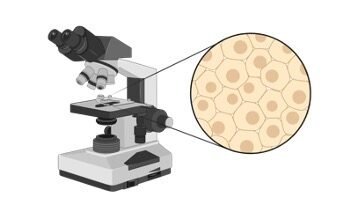Table of Contents
Shoebill Stork
Shoebill Stork is an endemic species belong to the genus Balaeniceps and comes under the order Pelecaniformes. They are terrestrial piscivores that are endemic to wetlands and swamps of East and Central Africa.
This solitary bird comes from its huge bill that resembles shoes and also possesses huge wings. It is hypothesized that they are related to dinosaurs. These ancient-looking birds have white/grey or yellow piercing eyes and a white belly.
Shoebill Stork Characteristics
Shoebill Stork’s enormous wing can span up to 8feet while soaring and they have a blue-grey, dark grey, or slay-color plumage. They can be found near papaya swamps or overspill areas, where there are a lot of fishes that serve as their primary food source.
They are usually diurnal but may also hunt at night if enough moonlight is available. They also prey on frogs, baby crocodiles, water snakes, young turtles, and monitor lizards. They built their nest out of plant materials on top of floating plants in deeper parts of the swamps.
The vegetation around the nests provides cover against predators. They have an average clutch size of 2-3 eggs and the young attain sexual maturity at 3-4 years.
Shoebill Stork Breeding
Shoebill Stork birds are monogamous that share parental responsibility. The eggs are incubated for a period of 30 days, wherein they are frequently turned by the parents using their feet or bills.
The chicks have a silvery-grey thick down that has a wide gape. They show growth of large bills only after a year. They are fed mashed food by both parents.
After a month, they will be fed with prey items. At the end of 95 days, fledging occurs and they become independent by 125 days.
Fun Fact about Shoebill Stork!
Shoebill Stork is an ancient birds, have been known to humans for a long. They were described first in ancient Egypt. They show some intriguing biological concepts.
Shoe-shaped Bill: The characteristic shape of the bill helps them in acquiring their primary food source. This huge beak that is shaped like shoes span 20 to 24 cm long and is 10 to 12 cm wide.
These bills are employed for hunting and grasping the slippery large fishes. The bill has adapted to develop a curved razor-sharp hook that is employed to spear the fishes in a unique manner called ‘collapse’.
They wait along the sides of the swamp detecting motion in the water while standing motionless. On detection of the prey they lunge towards with wings spread, it dives bill first and catches its prey.
After that, it holds up its head and grinds the edges of its beak to kill the prey. It also helps in clearing of other times like vegetation or water that was taken in along with the prey to be spilled out.
Urohidrosis: It comprises a cooling technique employed by pelicans, storks, and shoebills. This method involves sweating to cool down the temperature of these birds.
Shoebill storks to lower their temperature will defecate liquid water on their lower extremities that are legs. This waste comprises urine and feces that cools the legs as it evaporates. This technique is amazing as it is also a preventive measure.
The white powdery substance left after evaporation shield the legs from sunlight.
Siblicide: Birds like other animals also have an aim of survival and reproduction. They can either conserved their energy on small clutch size or they might have a large brood that also increases their survivability.
Birds may be monogamous or promiscuous. Certain birds practice siblicide where they kill their siblings to increase their probability of survival.
Birds like herons, egrets, boobies, pelicans and shoebill stork practice this. The eggs of shoebill stork hatch asynchronously. As a result, the first to hatch will be better fed as it has no competitors and so will develop quickly.
When other chicks hatch the parents do not distribute food equally as a result the chicks compete over food. The elder chick will resort to bullying as a consequence the younger chicks may die from wounds or starvation.
This strategy helps the parents to focus on one chick and increase its chance of survival so that it can become mature and pass on its genes. The clutch size is 2-3 eggs as some eggs may at times be infertile or damaged, in such a scenario they are still able to produce offspring.
If the availability of food increases then the aggression in the siblings will be decreased and as a result more chicks will fledge.
Shoebill Stork Citations
Share












